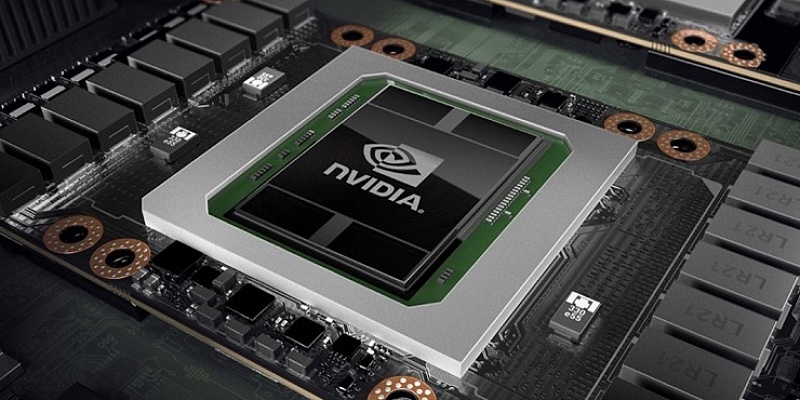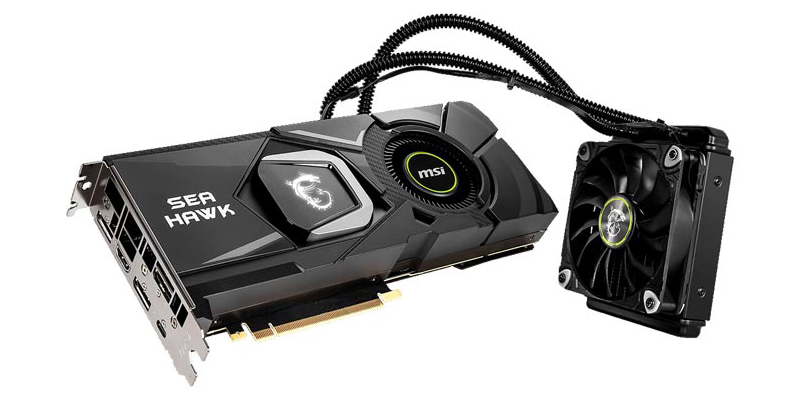We compare a discrete and integrated video card - what is the difference and what is better
Any computer needs a video card. Without it, he simply will not be able to convert a digital signal to an analog or count graphics. And its main task is to simply ensure the operation of the connected monitor.
The video card itself can be discrete or integrated. And these are two fundamentally different versions of the design. Let's figure out how they differ and what is better - a discrete or integrated video card.
Key features of the work of video cards in general
The principle of operation of video cards (they can also be called graphic accelerators, GPU or graphics cards) is quite simple:
-
First, a command comes from the central processor unit of the computer to display the image on the screen;
-
Information about what needs to be shown is sent to the video memory. For example, in games there are stored 3D models;
-
Video processor (GPU), selecting data from the video memory, calculates the location of each pixel on the screen;
-
The signal is sent via cable to the screen.
It is clear that the key components of the graphics accelerator are the video processor and video memory. The first one calculates the location of pixels, the second one stores data about objects. And, in fact, the GPU is a computer in miniature, with its own processor and memory.
However, all this is arranged a bit non-standard. A video processor, for example, can have several thousand weak cores, and video memory can be polled ten times faster than operational.
Why so arrange? Yes to provide realistic graphics in games! To calculate the location of every object on the screen, every ray of light, every glare, every leaf and every bullet passing by, the GPU has to work very quickly. And resource-intensive computing is easier to give 4 thousand small cores than one large.
What is an integrated video card?

As mentioned earlier, there are two types of GPUs - integrated and discrete. And with the first we'll figure it out.
Integrated (built-in) "vidyushka" is built directly into the processor. It does not have a separate chip on the motherboard, it does not have its own memory, and the computing unit is represented by a small, inefficient coprocessor. But it consumes a minimum of energy and is inexpensive.
Since the built-in "vidyushki" does not have video memory, it stores all the necessary data for calculations in the operational. That is why it is not suitable for games. The amount of allocated RAM is clearly not enough to record the entire scene, only a few objects from it.
The computational unit of the integrated graphics accelerator is also very weak. Therefore, scenes cannot be rendered quickly. At best, there is a “slide show”, at worst - one picture freezes for a few minutes.
If the built-in "vidyushka" is so weak, why is it even needed? Well, she has a few virtues.:
-
Not all people buy a computer for games. And it makes no sense to overpay for the "discrete", if you do not plan to use it;
-
It is minimally heated during operation. Enough of the cooling that comes to the processor;
-
It consumes a minimum of energy. In general, laptops with built-in "vidyushkoy" can work from a battery of 6-10 hours, and with a discrete - 3-4 hours.
In addition, modern integrated "vidyushki" rather productive. Take, for example, Intel UHD Graphics 640. It is comparable in speed to the NVIDIA GeForce GT 1030! That is, even the game will pull - not all, but some of the not very old.
What is a discrete graphics card?

If the integrated GPU is installed directly into the processor, then the discrete one is purchased and installed separately on the motherboard. It has its own video memory, its own computing unit, and all this can be very powerful. All so-called gaming graphics cards are discrete.
A large amount of high-speed video memory is necessary for “vidyushka” to store multiple data. In top models, there can be up to 12-16 GB of video memory operating at a frequency of up to 16 GHz - which is 3-4 times faster than the DDR4 of the "RAM".
Powerful computing unit, which in some models can consist of 4-6 thousand cores, allows you to process multiple threads simultaneously and draw the most dynamic scenes.
However, discrete GPUs are not only free from the disadvantages of the integrated ones, but also from the merits. In "discrete" can be distinguished the following disadvantages:
-
Price. Just accept the fact that the game “vidyushku” will not find less than $ 500, and for the top model you will have to pay about 2,500 units of American currency;
-
Power usage. High-performance "vidyushka" need a powerful power supply. And if it is installed in a laptop - it will be discharged faster than we would like;
-
Heat. For top graphics accelerators, they often even put an additional cooling system - they heat up so much.
However, if you plan to play on a computer or laptop, you cannot do without a discrete “vidushka”. Similarly, it will be required for connecting multiple monitors or an FHD or UHD monitor.
What is better - integrated graphics card or discrete?
It would seem that discrete is better in everything. But let's define by areas of use.
-
If you do not plan to play on the computer, if you have a limited budget, if you choose a laptop with a maximum battery life - you do not need a discrete "vidyushka".
-
In all other cases, it is necessary. Games, AutoCAD, Blender, Maya, other software focused on working with 3D - all this requires a powerful graphics accelerator.











